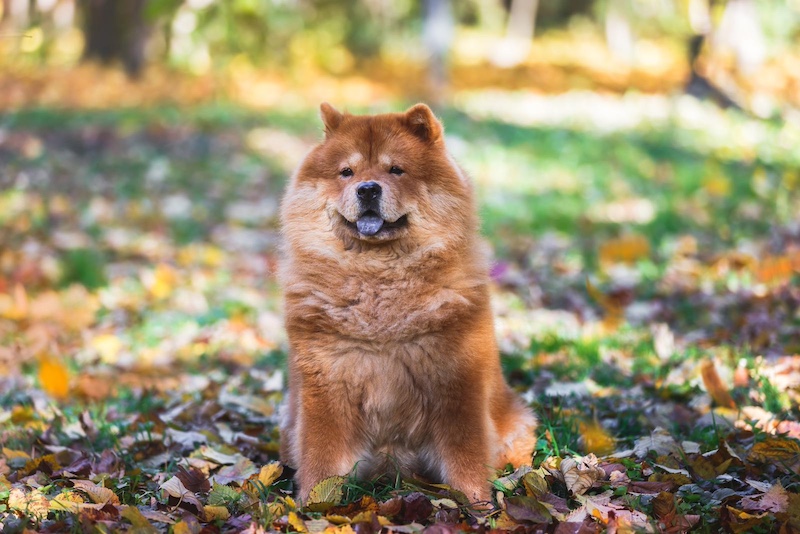Training a dog requires patience, consistency, and understanding, but some breeds can pose more challenges than others. While every dog is unique and can vary in trainability, certain breeds have characteristics that make them generally more difficult to train. Whether it’s a streak of independence, stubbornness, or a sheer lack of interest in following commands, these breeds can test even the most experienced dog trainers. Here are ten dog breeds that are notoriously hard to train.
1. Afghan Hound
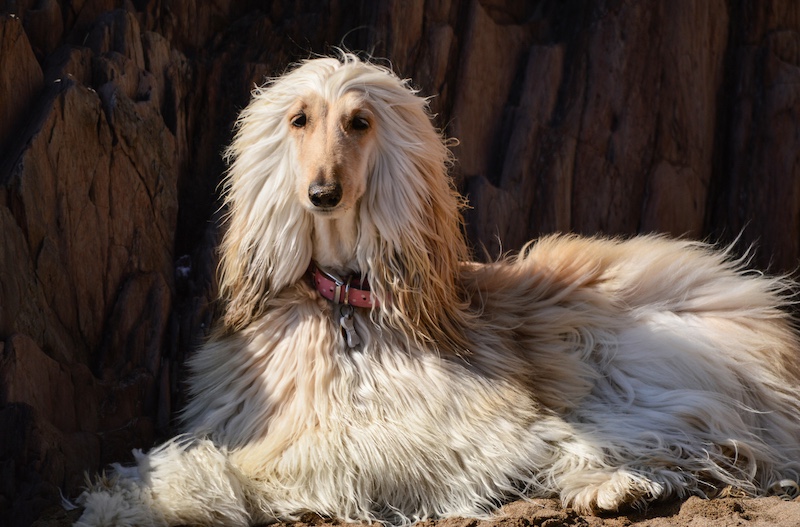
Known for their stunning beauty and aloof nature, Afghan Hounds are independent dogs with a mind of their own. Their regal bearing often translates to a certain aloofness towards training. These dogs were bred for hunting in harsh terrains, which required a level of independence and decision-making ability. As a result, they can be quite resistant to training and require a patient and persistent approach.
2. Basenji
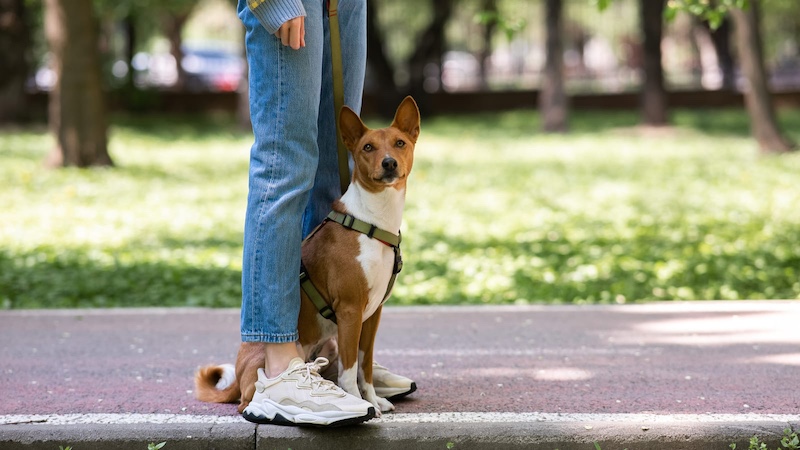
The Basenji, often referred to as the “barkless dog” due to its unique vocalizations, is another breed known for its independent streak. These dogs are intelligent and curious but can also be quite stubborn. Their cat-like demeanor means they often prefer to do things on their own terms, making training a challenge. Consistency and positive reinforcement are key, but even then, progress can be slow.
3. Bulldog

Bulldogs are affectionate and loyal, but their stubbornness can make training difficult. They are known for their laid-back and sometimes lazy nature, which can make motivating them a challenge. Bulldogs respond well to positive reinforcement, but trainers must be prepared for a slow and steady approach, often needing to repeat commands many times before they stick.
4. Chow Chow
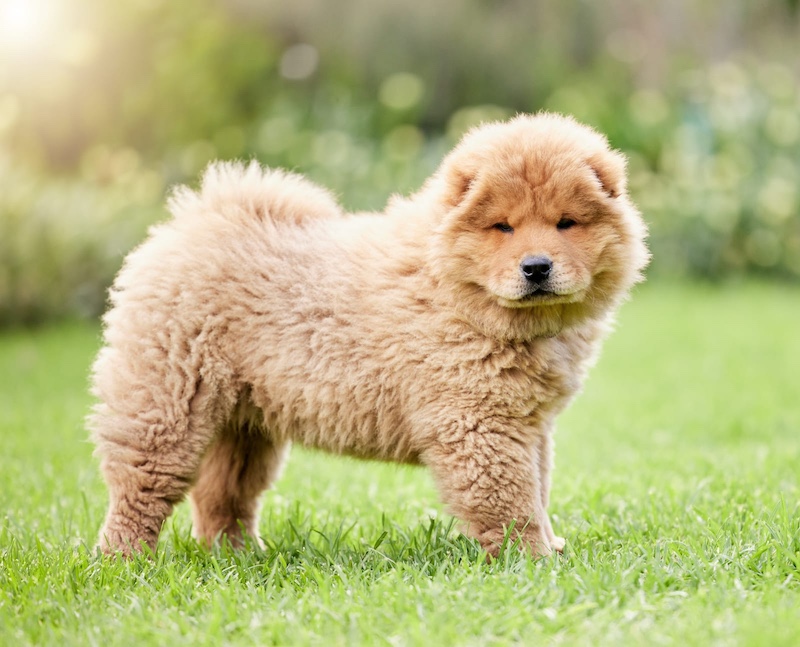
Chow Chows are dignified and often aloof, resembling a lion with their mane-like fur. They are highly independent and can be quite stubborn, making training a test of patience. Early socialization and consistent, positive reinforcement are essential with Chow Chows, but even then, their strong-willed nature can make training a long process.
5. Borzoi
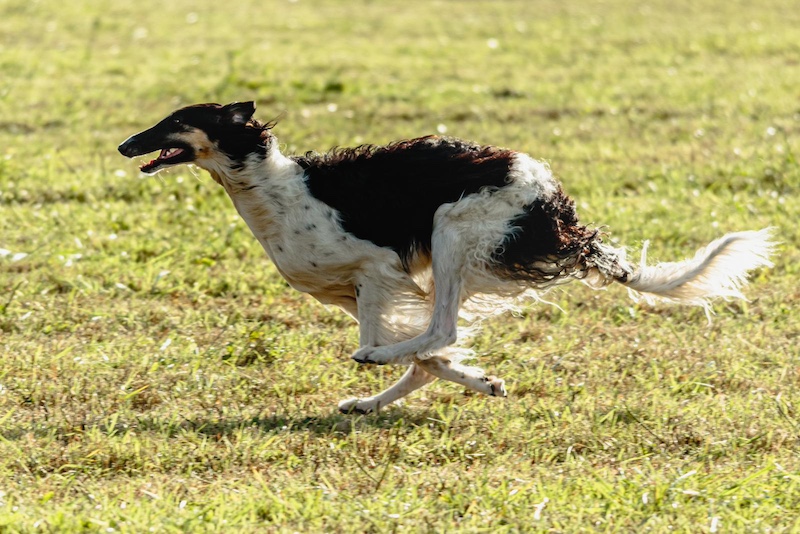
The Borzoi, or Russian Wolfhound, is a graceful and independent breed. Bred for hunting, they have a strong prey drive and a mind of their own. Training a Borzoi requires patience and a gentle approach, as they do not respond well to harsh methods. Their independent nature means they may not always see the point of commands, making consistent training a must.
6. Bloodhound

Bloodhounds are famous for their incredible sense of smell and tracking abilities. However, their strong tracking instinct can make them challenging to train in other areas. Once a Bloodhound catches a scent, it can be almost impossible to divert their attention. Training requires a lot of patience and creativity to keep them engaged and focused.
7. Shar Pei
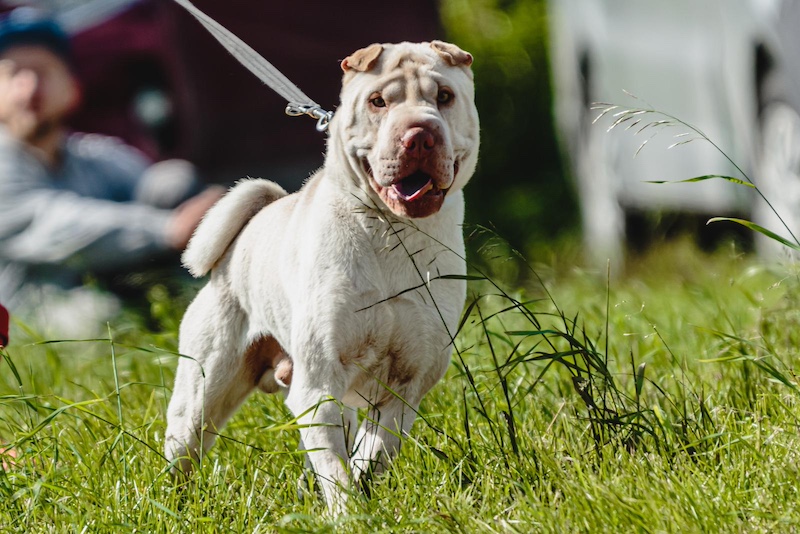
The Shar Pei, with its distinctive wrinkled skin, is another breed that can be challenging to train. They are known for being reserved and sometimes aloof, making them less inclined to follow commands. Early socialization and a firm yet gentle training approach are necessary to manage their independent nature.
8. Scottish Terrier
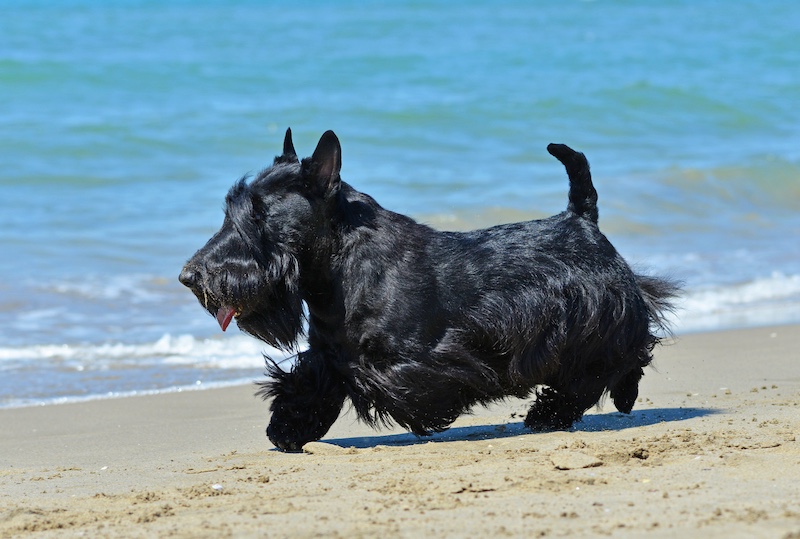
Scottish Terriers, or Scotties, are small dogs with big personalities. They are known for their determination and independence, which can make training a challenge. Scotties often have their own agenda and can be resistant to commands. Consistent, positive reinforcement and a lot of patience are required to train a Scottie effectively.
9. Shih Tzu

Shih Tzus are known for their affectionate nature, but they can also be quite stubborn. Training a Shih Tzu requires patience and consistency, as they often have a mind of their own. Positive reinforcement works well with this breed, but it may take time for them to consistently follow commands.
10. Jack Russell Terrier
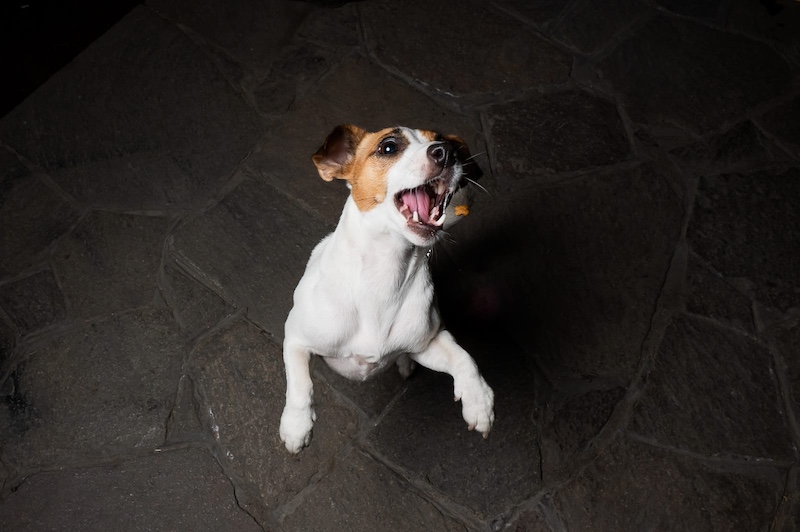
Jack Russell Terriers are energetic and intelligent dogs, but their high energy levels and strong prey drive can make training difficult. They are highly independent and can be quite stubborn, often preferring to do things their way. Training a Jack Russell requires a lot of energy and creativity to keep them engaged and focused.

